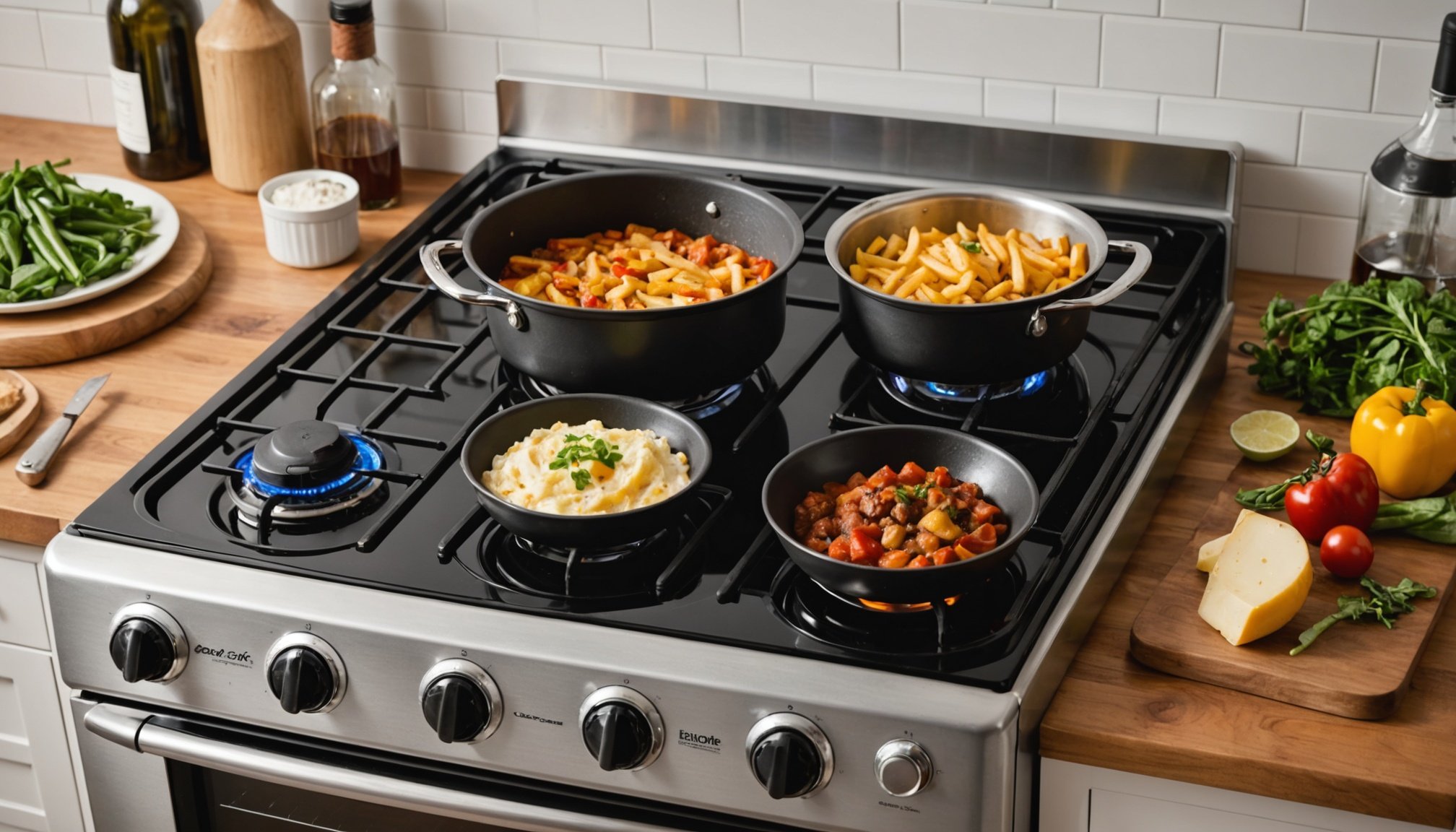When it comes to home cooking, the choice between gas and electric stoves can significantly impact your culinary experience. Each type has its distinct advantages and disadvantages, and understanding these differences can help you make an informed decision that suits your cooking style and needs. In this article, we will dive into the key differences between gas and electric stoves, exploring aspects such as heat control, cooking efficiency, safety features, and maintenance. Whether you are a seasoned chef or a casual cook, knowing what each type of stove offers will help you create delicious meals effectively.
Heat Control and Cooking Experience
Heat control is one of the most notable differences between gas and electric stoves. With gas stoves, you gain immediate control over the flame. This means that when you adjust the dial, the heat changes instantly. For those of you who enjoy sautéing or searing, this quick response is invaluable. You can easily shift from a high to low flame, allowing for precise cooking techniques.
In parallel : How do I properly store fresh herbs to extend their shelf life?
On the other hand, electric stoves operate differently. They rely on heating elements that take time to heat up and cool down. This lag can be frustrating, especially if you’re accustomed to the immediate response of gas. While newer electric models, particularly induction stoves, have improved in this regard, the traditional electric stoves still have a slight delay.
Moreover, the type of cookware you use also plays a role in your cooking experience. Gas stoves are generally compatible with any kind of cookware, including stainless steel, cast iron, and non-stick. Electric stoves, however, can be picky, especially with traditional coil elements. Certain pots and pans may not heat evenly, impacting your cooking results.
Topic to read : How can I ensure my kitchen is safe for pets while cooking?
Ultimately, the choice between gas and electric boils down to personal preference. If you value precision and responsiveness, a gas stove might be your best option. Conversely, if you prefer consistent temperatures and are willing to adapt your cooking style, an electric stove could work well for you.
Efficiency and Energy Usage
Energy efficiency is another crucial consideration when comparing gas and electric stoves. Generally, gas stoves are considered more energy-efficient than their electric counterparts. This is primarily because gas appliances use the energy from the gas combustion directly for cooking, leading to less heat loss.
In contrast, electric stoves, especially traditional ones, can be less efficient. A significant amount of energy dissipates into the surrounding air, meaning that not all the energy used goes into cooking your food. However, induction cooktops—a type of electric stove—are much more efficient as they directly heat the cookware rather than the cooking surface. This technology allows for faster heating and less wasted energy.
When it comes to cost, the choice between gas and electric can vary based on your local utility rates. In some areas, gas might be cheaper than electricity, making gas stoves more economical in the long run. Conversely, if electricity is less expensive in your area, electric stoves could be a more budget-friendly option.
Additionally, consider the environmental impact of each fuel source. Gas stoves rely on fossil fuels, which contribute to greenhouse gas emissions. Electric stoves, depending on how your electricity is generated, could either be more environmentally friendly or equally impactful. It is essential to weigh both efficiency and environmental concerns when making your decision.
Safety Features and Concerns
When choosing between gas and electric stoves, safety is a paramount concern for many homeowners. Gas stoves can pose risks such as gas leaks, which can lead to potentially harmful situations. A gas leak can occur if the stove is not properly maintained or if there is a malfunction. It’s essential to ensure that your gas lines are secure and to invest in a carbon monoxide detector in your home to mitigate these risks.
Electric stoves, on the other hand, are typically viewed as safer since they do not involve open flames or gas emissions. However, they still come with their own safety concerns. For instance, the heating elements can remain hot long after being turned off, increasing the risk of accidental burns. Additionally, some electric stoves can be prone to overheating if malfunctioning.
It’s important to consider your household and cooking environment when assessing safety. If you have children or pets, the lack of an open flame with an electric stove could provide peace of mind. Conversely, if you are more experienced in the kitchen and understand the risks associated with gas, you may feel comfortable using a gas stove.
Regardless of your choice, implementing safety measures is crucial. Ensure proper ventilation when cooking, regularly check appliances for leaks or faults, and educate all household members about the safe use of the chosen stove.
Maintenance and Cleaning
Maintenance and cleaning requirements are essential factors to consider when choosing between gas and electric stoves. Gas stoves often have grates and burners that can accumulate food residue and grease, making them a bit more challenging to clean. However, many find that the ability to remove and soak grates simplifies the cleaning process. Regular maintenance of the gas burners is necessary to ensure they function properly, as clogged burners can lead to uneven heating.
In contrast, electric stoves, especially smooth-top models, can be easier to clean. A simple wipe with a damp cloth can remove spills and stains, making the task less daunting. However, you must be careful with cookware that can scratch the surface, as this can mar the appearance of your stove. Additionally, cleaning the heating elements in older electric stoves can be cumbersome, as some parts may not be removable.
Moreover, consider the long-term maintenance costs. Gas stoves may require occasional servicing to check for leaks or ensure that everything is functioning properly. Electric stoves generally require less maintenance, but over time, the heating elements may need replacement.
Ultimately, your choice may depend on how much effort you are willing to invest in maintaining your stove. If you prefer a low-maintenance option, you might lean towards an electric stove. If you enjoy the cooking experience and don’t mind the extra cleaning, a gas stove could still be the right fit.
Final Thoughts: Choosing the Right Stove for You
Choosing between a gas and electric stove ultimately boils down to your personal cooking preferences, lifestyle, and household needs. Each type of stove offers unique advantages and challenges. Gas stoves provide superior heat control and immediate responsiveness, making them ideal for those who love to experiment with various cooking techniques. On the other hand, electric stoves generally offer better safety features and easier cleaning, appealing to those looking for convenience.
As you weigh your options, consider the efficiency and cost associated with both types of stoves. If energy efficiency is a priority, researching local utility rates can provide insight into which stove may save you money in the long term. Furthermore, keep safety in mind—especially if your kitchen is used by children or pets.
Don’t forget the maintenance aspect, as your lifestyle will determine how much time you can dedicate to keeping your stove in optimal condition. If you want a straightforward cleaning experience, an electric stove might serve you well. If you cherish the art of cooking and don’t mind some additional upkeep, a gas stove could enhance your culinary adventures.
In conclusion, both gas and electric stoves have their merits. By understanding the differences and evaluating your cooking style and household dynamics, you can make an informed decision that will enhance your cooking experience for years to come.











